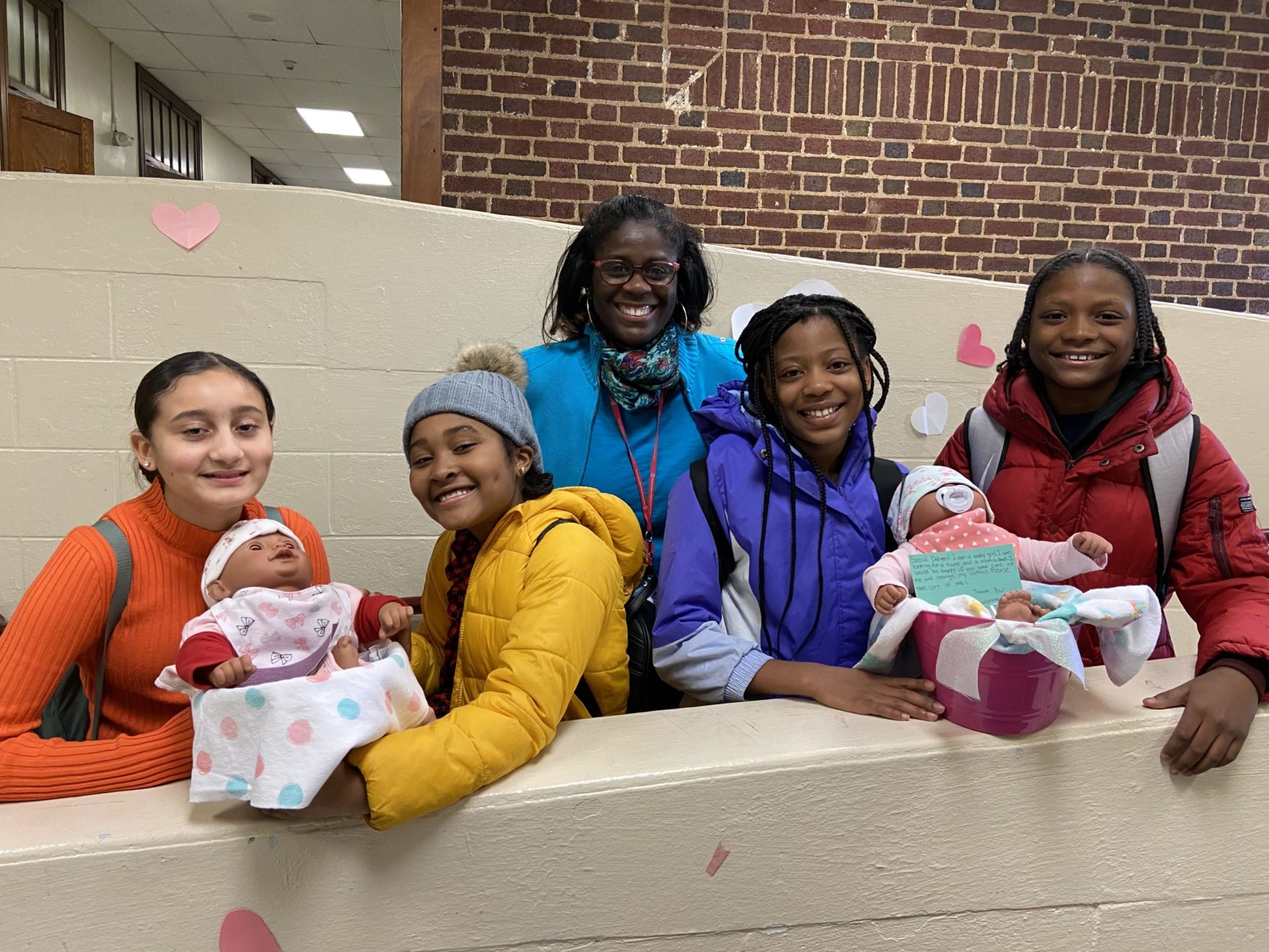Invisible Child
 By Dr. Marcia Davis-Dawkins
By Dr. Marcia Davis-Dawkins
Recently I was asked by one of my friends, why I didn’t play a sport. Well, I calmly responded, “I didn’t get the opportunity to do so.” In my heart, I thought it would have ended there but it didn’t. He gasped and said, “Don’t tell me non-sense, in Jamaica, that is a poor excuse! There are so many sports in Jamaica and so many opportunities.” Needless to say, I was upset, but the conversation didn’t end so I gave him a brief version of the story. I was not convinced that he was satisfied with my reasoning but ah, well.
Long after our conversation, I was still a bit perturbed because I thought of how many times people including me, assumed that others have “so many opportunities”. The assumption is that we can be better with the presumed opportunities. Some educators assume that students cannot learn and they or their parents are not interested in learning. In the early stages of remote learning, it was evident that there were some teachers and parents who had resources to learn and assumed that every student had the same opportunities. There were students who didn’t have laptops or internet, for that matter, and those same students were not able to continue learning because of lack of resources. We must remember that not all students have the same opportunity. 
As I reflect equal opportunity for students, I can’t help but to be reminded of Maslow’s Hierarchy of Needs. This concept emphasizes the basic human needs: food, water, clothing, and shelter. Many families from low income neighbors are determined meet the needs of their families for survival, but schools may not be sensitive to the fact that many laptops and electronics are considered luxury items.
These students, who are overlooked and forgotten, I would consider an Invisible Student. Like myself when I was younger, the Invisible Student is the last to be considered. Their circumstances feel uncommon to a typical middle-class experience and many decisions made by educators are not in their favor. We as educators make decisions that affect the students negatively because we are making assumptions. For instance, a typical assumption is that they are troublemakers who can’t or refuse to learn. We make assumptions that some students or even colleagues are of less value than others and therefore, we treat them differently. It saddens me that we say ALL students are equal and yet we don’t treat them as such. Are we just saying things and not acting on the words?
We must realize that when students or people in general are hurting, they will yell. When the yells are not hurt, they start screaming. After the screams are not heard, they will act out because they feel frustrated. It was Dr. Martin Luther King Jr., who once said, “A riot is the voice of the unheard.” Obviously, students will yell because they feel they are not being heard. The Invisible Students want to be seen and heard. Do we take time to listen to them?
Most times, they do have underlined issues why they act out. We are failing them by not taking the time to listen to them.
Sometimes it seems as if we as educators are not compassionate, we tend to scream at our students too, and expect them to feel special and work to their full potential. Students are individuals who deserve respect. Unless we acknowledge our students’ hurt and realize that they have a purpose, we probably won’t make a marked difference in their lives. Are we playing the role of educators and helping the students reach their goals? We might not be validating our students’ emotions or make them feel as if they have a voice. Dare I say, we might be stepping on their progress because we disregard that they are visible? At times we are simply passive observers and take out our frustrations on the students. Life for us can be so unfair and painful, that we too label students and colleagues negatively and have the nerve to say they are ANGRY, without knowing their stories – we prejudge them!
 It is a fact that if we treat people less than they are worth, then eventually we will be treated badly as well – karma as it is known. Let us make an effort to see others as equal or even special. Help to motivate and encourage our students to feel better about themselves. Let us examine ourselves and see if we are stifling our students or colleagues. Like Maya Angelou once said, “I’ve learned that people will forget what you said, people will forget what you did, but people will never forget how you made them feel.” Help students feel visible! Let’s make a difference as educators and I feel hopeful that we can send positive energies in our students’ spaces since we are who we think! We can release hopelessness and/or anger in our students. As the “Starfish” story states, at the end, “no we can’t save every Starfish” but “It makes a difference” to those who you do reach and help and send on to greater heights. Encourage equity among your colleagues and students. Try to make a difference to ALL students, even the invisible ones.
It is a fact that if we treat people less than they are worth, then eventually we will be treated badly as well – karma as it is known. Let us make an effort to see others as equal or even special. Help to motivate and encourage our students to feel better about themselves. Let us examine ourselves and see if we are stifling our students or colleagues. Like Maya Angelou once said, “I’ve learned that people will forget what you said, people will forget what you did, but people will never forget how you made them feel.” Help students feel visible! Let’s make a difference as educators and I feel hopeful that we can send positive energies in our students’ spaces since we are who we think! We can release hopelessness and/or anger in our students. As the “Starfish” story states, at the end, “no we can’t save every Starfish” but “It makes a difference” to those who you do reach and help and send on to greater heights. Encourage equity among your colleagues and students. Try to make a difference to ALL students, even the invisible ones.
https://youtu.be/bck-Pm-VDpk The Starfish Story I invite you to watch this video and be inspired




